Home supply
Where must the UV-C system be installed in the drinking water circuit?
A UV-C disinfection system is always the last link in a water treatment chain, as the distance to the tapping point should be kept as short as possible. Water filters in particular offer ideal conditions for colonization by bacteria. The freshly disinfected water would therefore become contaminated again if it were to continue through the drinking water circuit after passing through the UV-C system. Pressure boilers should also always be installed upstream of the UV-C systems.
Why does the UV-C lamp have to be replaced after 10,000 hours even though it is still working?
Every UV-C lamp has a technical drop in UV-C output. The manufacturer guarantees that the system will still achieve 60% UV-C output after 10,000 hours. The data specified for the systems always refer to this 60% output. However, from a running time of 10,000 hours, the drop in output continues to increase. This means that the lamp is still working, but there is no longer enough UV-C output for an optimum disinfection result.
When do I need service life monitoring?
Lifetime monitoring is recommended for all users who do not leave the system switched on permanently. We recommend changing the lamp every 10,000 hours, as the manufacturer does not guarantee the performance beyond this, i.e. the amount of UV-C radiation dose required for safe disinfection.
Can this system overheat?
If no water is drawn from the lamps during operation, the water inside the system will heat up. With the 10W, 17W and 36W systems, this effect is negligible, as the water temperature does not rise above 40°C. However, if the water is heated above 40°C, as is possible when operating the 48W and 90W versions, the service life of the lamp can be negatively affected. It is therefore recommended to ensure a constant flow of water in these systems.
Does the system switch on automatically when water flows through?
The UV system should be switched on permanently for various technical reasons:
1) The UV system needs approx. 1 minute to reach full power.
2) When igniting the lamp, approximately as much energy is required as for operation over two hours.
3) Each switch-on and switch-off cycle is detrimental to the service life.
How do I know which UV-C system is right for me?
The important thing here is not the average water consumption per day, but the maximum quantities that can be consumed. The correct drinking water system is therefore determined by the existing taps and the number of people in the house. When fully turned on, a tap has a capacity of 300 to 500 liters per hour. If in doubt, the next most powerful system should be used.
Do you recommend tank sterilization?
No, we recommend flow-through reactors, as the maximum distance between the water to be disinfected and the UV-C lamp is precisely defined. A tank disinfection system can only guarantee complete disinfection if it has a previously calculated circulation. In addition, flow-through reactors are significantly more efficient.
Why do I need a sensor and how does it differ from lifetime monitoring?
A UV-C sensor is used to measure the UV-C output directly at the lamp. This ensures a much higher level of safety for the user, as a drop in output is signaled directly. This can be due to poor transmission or a natural drop in the lamp's output due to the recommended maximum operating time of 10,000 hours being reached.
Can I use these systems as drinking water systems?
In case of doubt, this must be clarified with the health authority. The operating certificate for the systems is available in the download area of the respective product pages of this online store. We will also be happy to advise you personally on this topic. Alternatively, we have worked with the PURION DVGW ZERT we also have a certificate according to DVGW and Ö-Norm certified UV system.
What UV-C dose is used?
We use a UV-C dose of 400 J/m² for safe disinfection. This output is sufficient to achieve a disinfection rate of 99.99% while maintaining the specified flow rate and transmission. This means that water from a tank or container can be treated with pinpoint accuracy.
 Phone: +49 3641 327 9697
Phone: +49 3641 327 9697
 Official Purion dealer
Official Purion dealer
